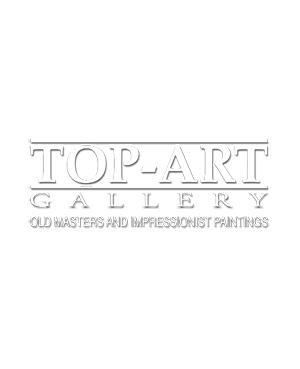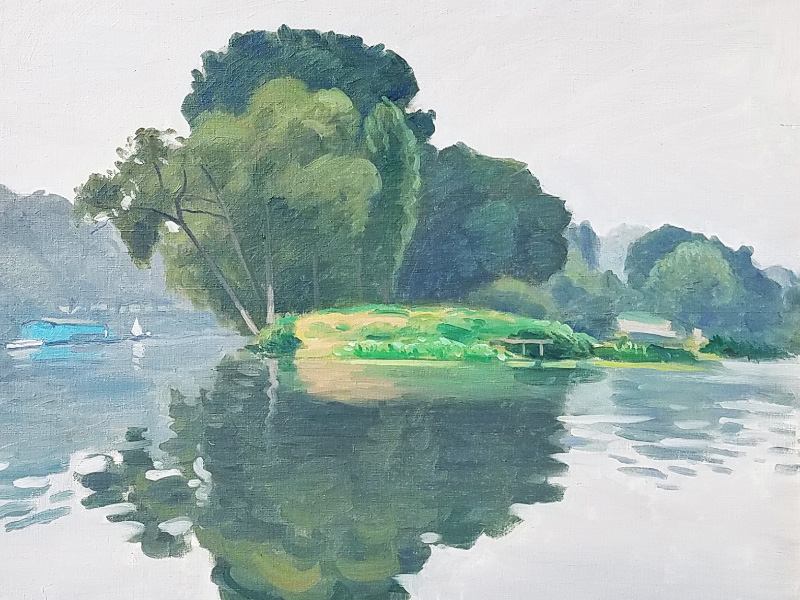Albert Marquet French (1875-1947)
Albert Marquet French (1875-1947) ALBERT Marquet Born in Bordeaux in 1875, began training as an artist in Paris at the age of 15 at the École des Arts Decoratifs. Later, at the École des Beaux-Arts, he was a pupil of Gustave Moreau, and became lifelong friends with Henri Matisse.


Full Artist Bio
Albert Marquet French (1875-1947) ALBERT Marquet Born in Bordeaux in 1875, began training as an artist in Paris at the age of 15 at the École des Arts Decoratifs. Later, at the École des Beaux-Arts, he was a pupil of Gustave Moreau, and became lifelong friends with Henri Matisse. Marquet’s early paintings were expressive and brightly colored, much like the work of his contemporaries such as Henri Matisse, Maurice de Vlaminck, André Derain, and Raoul Dufy. In 1905 they notoriously exhibited together at the Salon d’Automne, where the descriptor ‘fauves’ (wild beasts) was first coined in reaction to the intense coloration in the paintings on display. Although Marquet painted with the fauves for years, he used less bright and violent colours than the others, and emphasised less intense tones. Instead, Marquet’s work benefited from exposure to the abstract organization of colours he saw in their paintings. Although he also painted some fine portraits and female nudes he was primarily a landscapist. His favourite themes were ports, bridges, and quays, subjects that he began to depict with unaffected simplicity and great sensitivity of tone, and that reveal his interest in depicting light reflections on water. Marquet traveled extensively during his life, focusing on waterfronts and vistas around France, Italy, Germany, Scandinavia, and North Africa. He also spent a considerable time in Algeria from 1923 onwards. The port and the city of Algiers from its heights are among the most developed themes of his art from this period. His house there, bought in 1941, was called Djenan Sidi Said, which translates as “the garden of the happy Lord”. Marquet passed away on 14 June 1947 and was buried at La Frette-sur-Seine, near Paris. His work is particularly well represented in the Musée des Beaux-Arts in Bordeaux, the Art Institute of Chicago, the Hermitage Museum in St. Petersburg, The Tate Gallery in London, and The Museum of Modern Art in New York.
